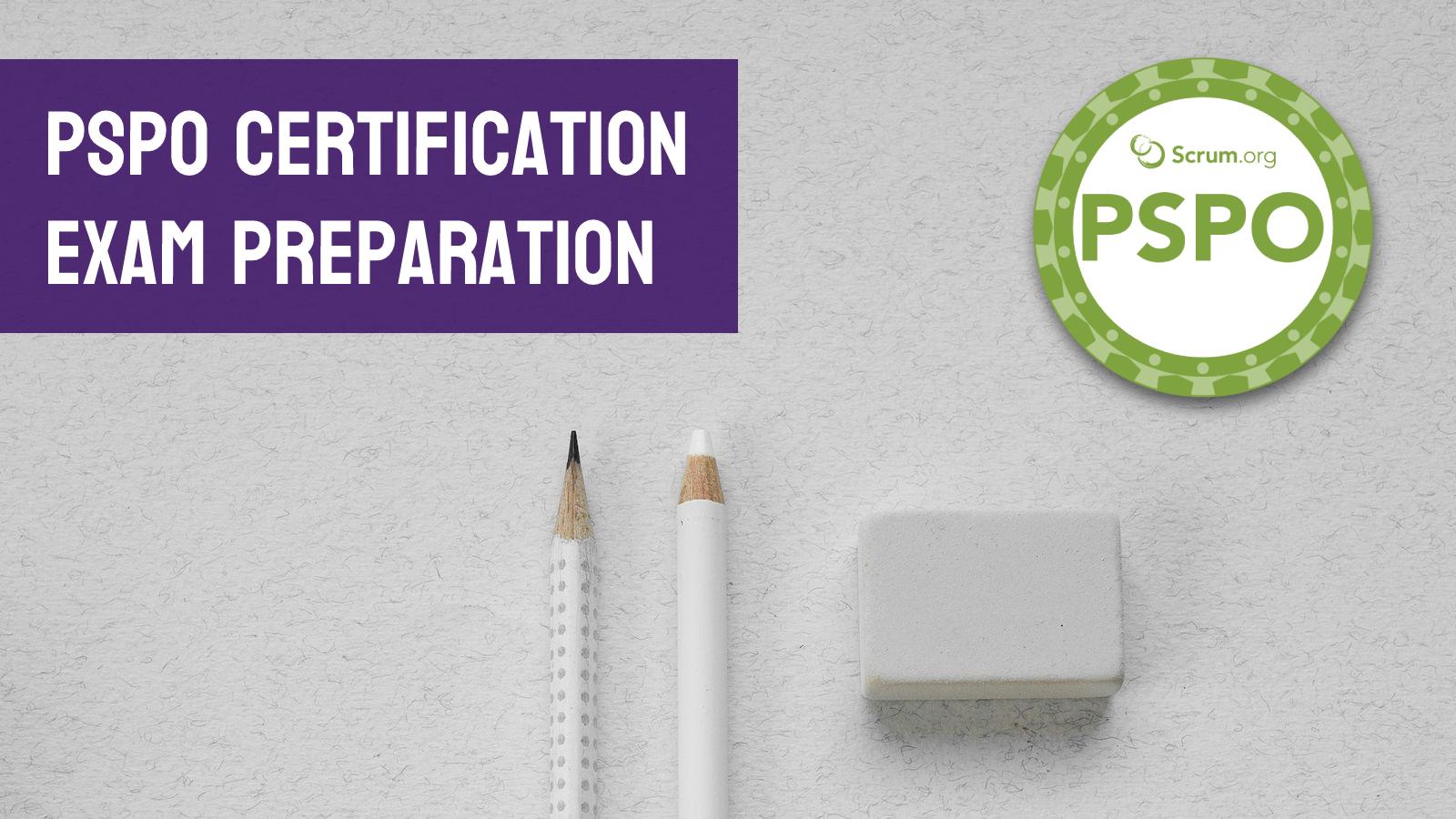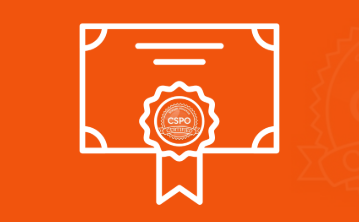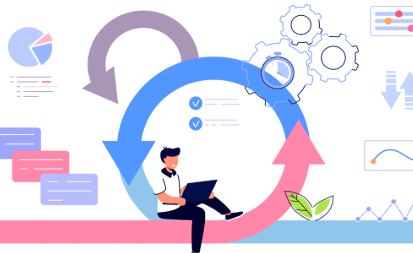

Get best deals on top courses

In today’s fast-paced digital world, Agile is the backbone of modern software and project management. But how did this revolutionary methodology originate? The history of Agile is not just about frameworks or tools - it’s about people, collaboration, and the need for speed in a changing world. This blog uncovers the roots of Agile, the problems it was designed to solve, and how it evolved into the global movement it is today. Before Agile came into existence, most software development followed the Waterfall model - a sequential approach with rigid phases: Requirements Design Implementation Verification Maintenance While Waterfall worked for some industries (like construction), it failed in dynamic, fast-evolving environments like software. Major problems included: Inflexibility to changing requirements Long delivery timelines (months or years) Late discovery of bugs and usability issues Minimal customer collaboration Teams were frustrated, projects failed often, and clients received products that didn’t meet their needs. In the 1990s, software developers began experimenting with lighter, iterative approaches. Some early influencers included: Rapid Application Development (RAD) Scrum (first described in 1995 by Ken Schwaber and Jeff Sutherland) Extreme Programming (XP) by Kent Beck Crystal Methodologies by Alistair Cockburn Feature-Driven Development (FDD) These frameworks focused on: Working software over documentation Customer collaboration Small, self-organizing teams Iterative delivery cycles However, these were still disparate movements, each with its own principles and practices. The turning point came in February 2001, when 17 software thought leaders met at a ski lodge in Snowbird, Utah. Their goal? Find common ground between these lightweight methodologies. A simple but powerful statement of values and principles: "We are uncovering better ways of developing software by doing it and helping others do it." Individuals and interactions over processes and tools Working software over comprehensive documentation Customer collaboration over contract negotiation Responding to change over following a plan Early and continuous delivery Welcoming changing requirements Daily collaboration Motivated teams Regular reflection and adaptation Thus, Agile was born - not as a fixed framework, but a mindset. Scrum and XP gained traction across tech companies Agile became a go-to model for startups Tools like Jira and VersionOne supported Agile workflows Scaled Agile Framework (SAFe), LeSS, and Spotify Model emerged Agile expanded into marketing, HR, and hardware Agile certifications (CSM, PSM, SAFe, PMI-ACP) boomed Agile applied in government, education, and finance Hybrid models (Agile + DevOps) became standard Rise of Agile coaching, Agile PMOs, and digital transformation Agile is no longer a niche methodology. It’s a universal mindset that helps organizations: Deliver value faster Adapt to change Empower teams Reduce risk and waste Stay customer-focused Whether you're in tech, education, finance, or even healthcare, Agile principles remain relevant. If you’re inspired by Agile’s history and want to build a career in Agile coaching, Scrum Mastery, or Product Ownership, we’ve got you covered! 🎯 Join our Scrum Master Interview Preparation Bootcamp - designed to turn you into an Agile professional ready for 2025 and beyond. The history of Agile is a story of innovation, frustration with the status quo, and a relentless pursuit of better ways to work. As we move into a more uncertain, fast-moving world, Agile remains a guiding light - reminding us to collaborate, adapt, and deliver value continuously. 🔗 Explore more Agile insights at SkillupEd.com🧭 Introduction
⚙️ The Pre-Agile Era: Waterfall and Its Limitations
🌱 Seeds of Agile: The 1990s
🏔️ The Agile Manifesto: 2001
✍️ The Result: The Agile Manifesto
✅ 4 Core Values:
📜 12 Principles followed, emphasizing:
📈 Evolution of Agile (2001–2025)
🔹 2000s: Rapid Adoption in Software
🔹 2010s: Enterprise and Scaling
🔹 2020s: Agile Beyond IT
🌍 Why Agile Still Matters in 2025
🚀 Ready to Master Agile?
📌 Final Thoughts
Want to Level Up Your Skills?
Trending Blogs
EXPLORE BY CATEGORY
End Of List





.jpeg&w=256&q=75)


.jpeg)



